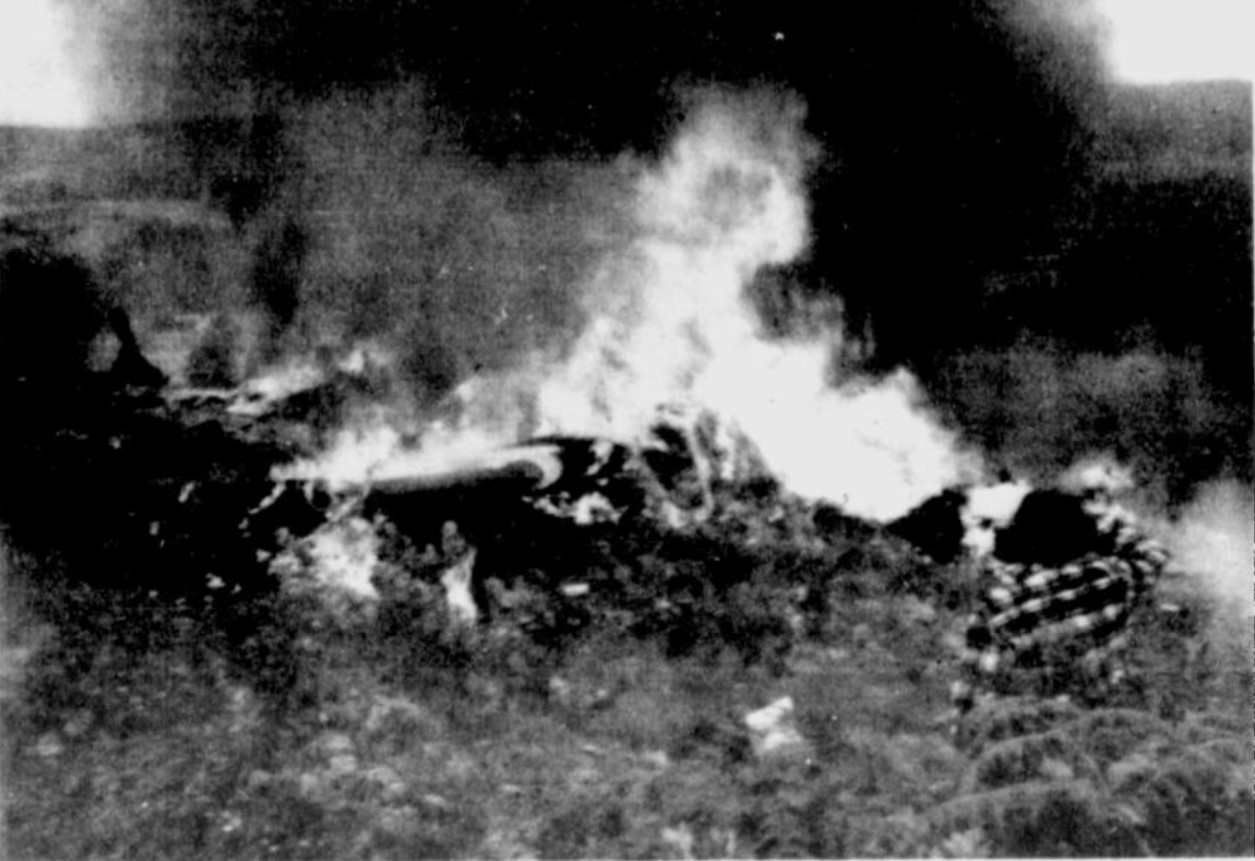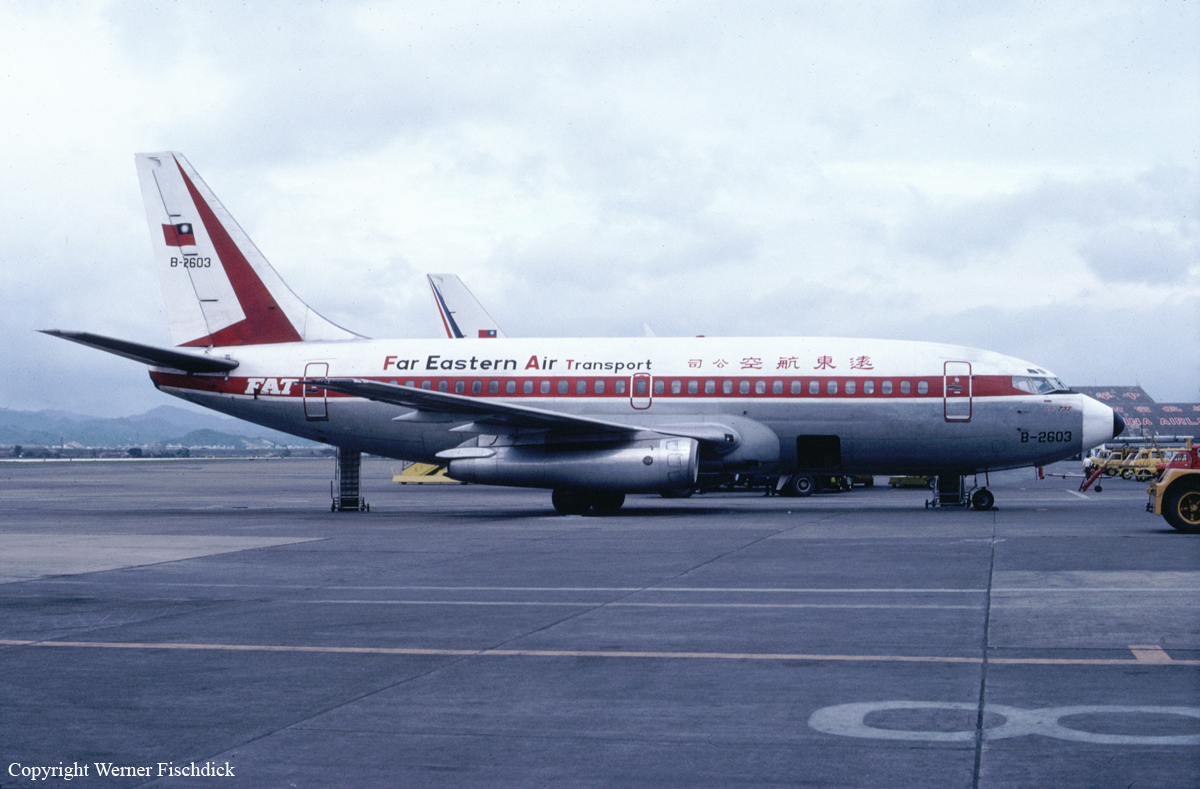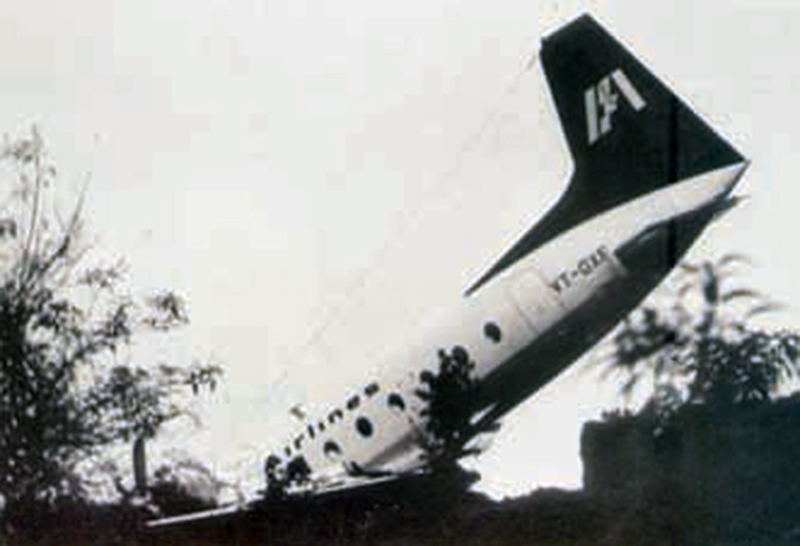Crash of a Yakovlev Yak-40 in Zheleznogorsk: 33 killed
Date & Time:
Sep 18, 1981 at 1213 LT
Registration:
CCCP-87455
Survivors:
No
Schedule:
Irkutsk - Zheleznogorsk
MSN:
9 43 12 36
YOM:
1974
Flight number:
SU652
Crew on board:
4
Crew fatalities:
Pax on board:
29
Pax fatalities:
Other fatalities:
Total fatalities:
33
Aircraft flight hours:
10455
Aircraft flight cycles:
9784
Circumstances:
Following an uneventful flight from Irkutsk-Magan Airport, the crew started the descent to Zheleznogorsk-Ilimskiy Airport in relative good weather conditions with a horizontal visibility of 20 km. On final, at an altitude of 400 meters, the three engine airplane collided with a Soviet Air Force Mil Mi-8 helicopter registered CCCP-22268. Inbound from Bratsk, the helicopter was completing a training mission with seven people on board. Following the collision, both aircraft dove into the ground and crashed in a wooded and hilly terrain located about 11 km from the airport, bursting into flames. All 40 occupants in both aircraft were killed.
Probable cause:
It was determined that the collision was the consequence of a poor ATC surveillance, causing both aircraft to initiate an approach without ensuring that they each maintained a minimum separation in accordance with published procedures. This situation allowed the helicopter to cut off the approach path of the aircraft. The lack of radio communications between the three parties concerned remained a contributing factor.












